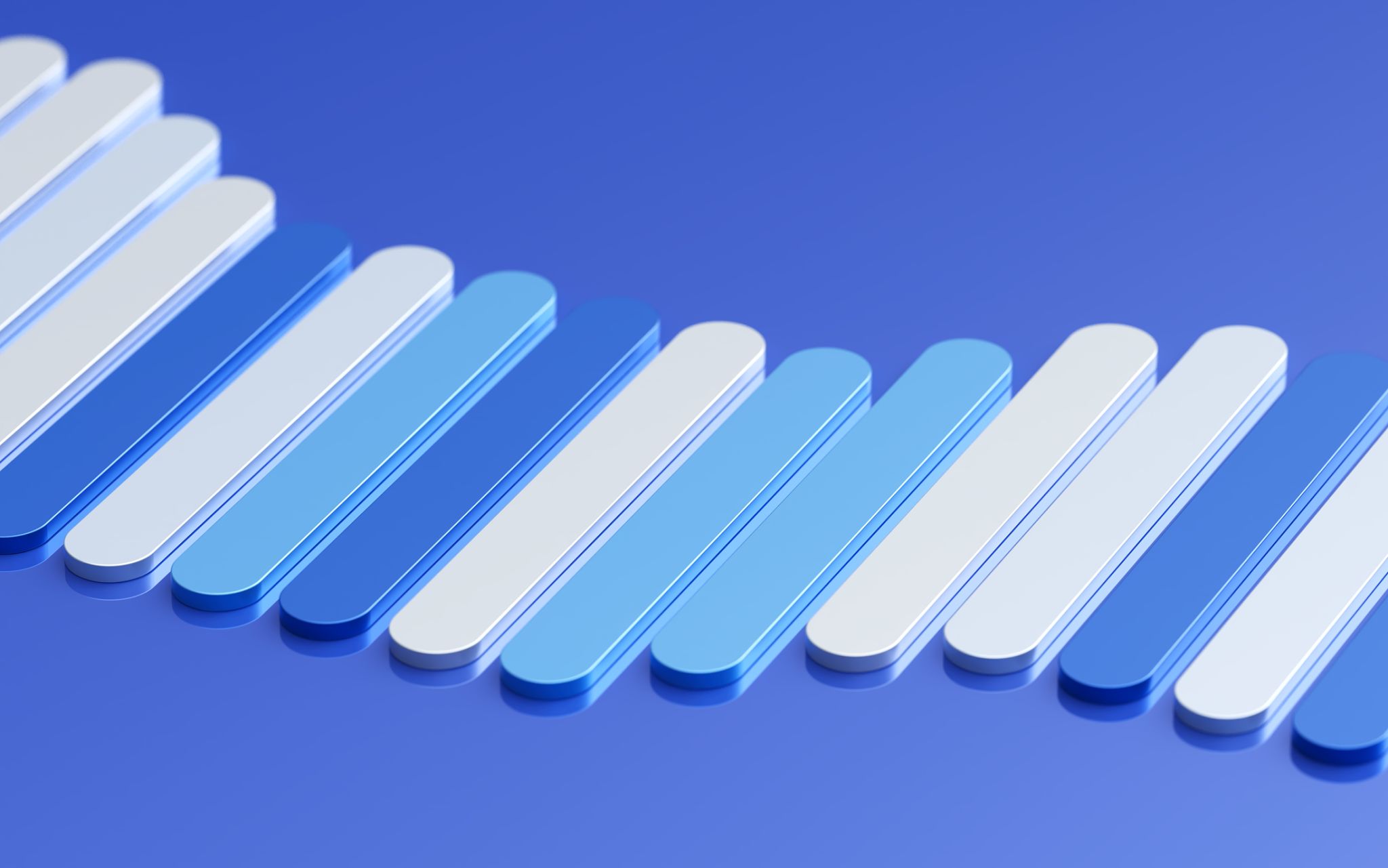Comparing Equipment Finance vs. Leasing: Which is Right for Your Business?
Understanding Equipment Finance
When a business needs new equipment, one of the first decisions to make is whether to purchase or lease. Equipment finance typically involves a loan or a lease-to-own agreement that allows a business to acquire equipment by paying in installments over time. This option provides immediate access to equipment without the need for a large upfront payment, which can be particularly beneficial for companies looking to conserve cash flow.
With equipment finance, businesses own the equipment once the financing term is complete. This can be advantageous for assets that have a long useful life and require minimal updates or upgrades. Additionally, ownership may provide tax benefits, such as depreciation deductions.

Exploring Equipment Leasing
In contrast, equipment leasing involves renting equipment over a specified period. Leases are generally more flexible than financing options and often require lower monthly payments. At the end of the lease term, businesses typically have the option to purchase the equipment, return it, or renew the lease, depending on the agreement.
Leasing can be particularly advantageous for businesses in rapidly changing industries where technology becomes obsolete quickly. It allows for easy upgrades and replacements without the burden of owning outdated equipment. Moreover, leasing can improve expense forecasting since it often involves fixed monthly payments.

The Financial Implications
When deciding between financing and leasing, consider the financial implications each option presents. Equipment finance generally results in higher monthly payments compared to leasing but leads to ownership of the asset. This means the equipment can potentially generate value for the business beyond the financing term.
Leasing, on the other hand, offers lower initial costs and predictable monthly payments. However, it might end up being more expensive in the long run if the equipment is leased for an extended period without purchase.
- Ownership: Financing leads to ownership, while leasing does not unless there's a purchase option.
- Cost: Leasing generally requires less initial outlay but might cost more over time.
- Flexibility: Leasing offers more flexibility for upgrading or changing equipment.

Considerations for Decision-Making
When choosing between equipment finance and leasing, businesses should evaluate their specific needs and circumstances. Consider the following factors:
- Budget Constraints: Evaluate your current financial situation and cash flow to determine what you can afford monthly.
- Equipment Life Span: Consider how long you plan to use the equipment and whether technology advancements will soon render it obsolete.
- Tax Implications: Consult with a financial advisor to understand potential tax benefits associated with either option.
By weighing these factors, businesses can make an informed decision that aligns with their strategic goals and financial health.
Conclusion: Choosing What's Right for You
The choice between equipment finance and leasing ultimately depends on your business's unique needs and long-term objectives. Both options offer distinct advantages and potential drawbacks. Equipment finance is suited for those who prioritize ownership and long-term value, while leasing is ideal for businesses seeking flexibility and lower initial costs.
Carefully assess your business model, industry dynamics, and financial projections before making a decision. By doing so, you can ensure that your choice supports your business's growth and operational efficiency in the most effective way.

